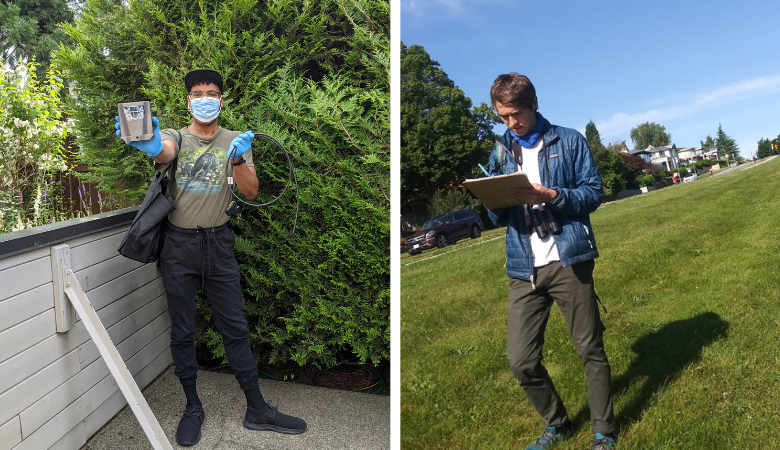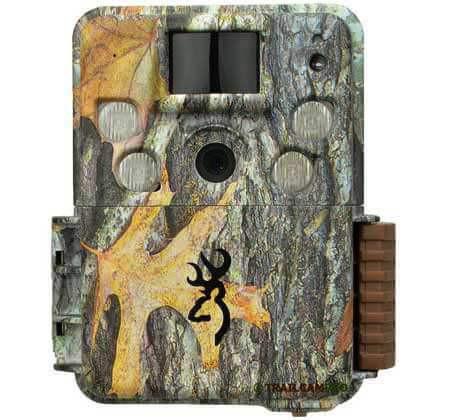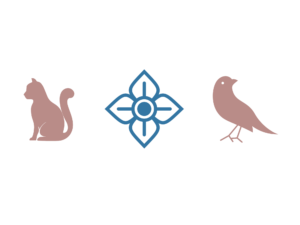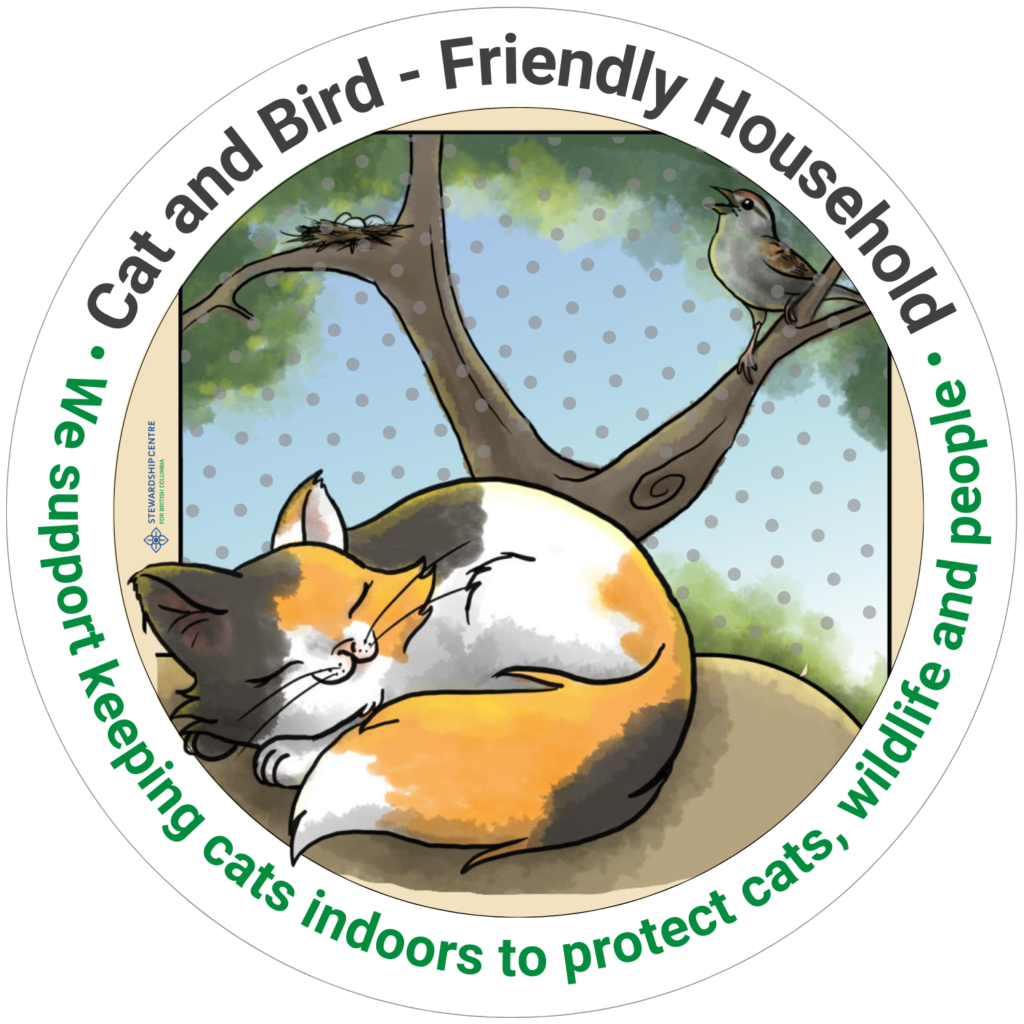Cats and Birds | Research Projects
Cats and Birds Research in Greater Vancouver
In 2020, Stewardship Centre for BC launched the 1st of its kind collaborative research to collect on-the-ground information about outdoor cats and birds in the Greater Vancouver area. Two projects were conducted simultaneously: Vancouver Cat Count and the Greater Vancouver Urban Landbird Count. Using standardized methodology, researchers collected data on the abundance and diversity of cats and birds in the city. Results of both research projects will help inform management plans for keeping cats and birds safe in British Columbia.
Meet Our Researchers

Jaylen Bastos,
Vancouver Cat Count
Originally from Toronto, Ontario, Jaylen is a Graduate of the University of British Columbia’s Natural Resource Conservation Program specializing in science and management. Jaylen’s current research is centred around urban wildlife behaviour and animal cognition. Jaylen is presently working to reimagine urban landscapes to work for both animals and people.
Harold Eyster,
Greater Vancouver Urban Landbird Count
Harold Eyster received a Ph.D. at the University of British Columbia in 2021 and is now a Gund Postdoctoral Fellow at the University of Vermont. Harold sees environmental challenges through a relational lens: at the center of every environmental challenge or success are human-nature relationships. To understand these relationships, and how they might be harnessed to create a more verdant Anthropocene, Harold leverages methods from the natural and social sciences.
Vancouver Cat Count
Domestic cats (Felis catus) are abundant in urban areas and can have adverse impacts on urban wildlife and pose public health risks. A key component of understanding the impacts of cats, and developing humane, socially acceptable, and cost-effective management strategies, and the Vancouver Bird Strategy, involves counting the number of cats in the City of Vancouver.
In collaboration with the Vancouver Bird Advisory Committee, University of Guelph and Environment and Climate Change Canada, we conducted camera monitoring of urban cats in Greater Vancouver. The primary investigator, Jaylen Bastos, sampled 136 locations using trail cameras to identify individual cats and estimate the number of outdoor cats in the city.
This research was supervised by Dr. Elizabeth Gow, Adjunct Professor in the Department of Integrative Biology at University of Guelph, who provided her expertise and experience in monitoring urban animals with trail cameras to facilitate this project.
How do cameras work?

Trail cameras are a great non-invasive technology that allows researchers to detect and monitor animals, their behaviour and site use without direct physical contact. Once a camera is activated, its high-tech sensors take photos of any animals that come into the frame.
This project could not be possible without volunteers who kindly agreed to host some of our cameras. We randomly choose locations within four categories of urban spaces:
- Residential
- Industrial
- Commercial
- Parklands
Since we were only interested in studying cats, we positioned cameras low to the ground so that no human faces or other identifying features were captured on a photo.
Please review our Privacy Management Protocols detailing data security considerations.
Project Duration
Physical distancing was imperative for limiting the transmission of COVID-19 and was a prerequisite for conducting this research. To ensure safety of the community and researchers, we adhered to BC Health Minister and the Government of Canada Guidance while deploying trail cameras. Starting in June 2020, four-month-long camera monitoring of urban cats took place to collect essential data in the summer, followed by the second session of 4-month monitoring during the winter of 2020-2021.
Please review our safety protocols for fieldwork during COVID-19.
Greater Vancouver Urban Landbird Count
Over the past 50 years, many scientists have surveyed Greater Vancouver’s birds and habitat, providing valuable baseline data. Supported by the University of British Columbia BRITE Internship Program and Birds Canada, at the time the UBC Ph.D. candidate Harold Eyster revisited many of these same survey locations and conducted new bird and habitat counts. By comparing his results to the old bird counts and examining habitat change across the city, Harold infered the impact of habitat-change on urban birds. In addition to findings on what habitats to conserve, this research helped identify hot-spots in avian abundance and, thus suggest, where cat-related mortality may be most harmful.
These findings can be used by homeowners, gardeners, city planners, and the Vancouver Bird Strategy to protect and restore the habitats most essential for birds.
How were birds counted?
Harold conducted surveys for birds at the survey locations across the city that were established 20-50 years ago (see map below). He recorded the number and species of all encountered birds, vegetation, and habitat. To account for the birds that might have been at a site, but Harold just did not notice, he used a special type of computer model that can include these unseen birds.

Project Duration
Fieldwork for the Greater Vancouver Urban Landbird Count started in June 2020 and continued for one year to account for seasonal variation in avian diversity and habitat characteristics. Amidst the COVID-19 pandemic, we adhered to BC Health Minister and the Government of Canada Guidance to ensure safety of our researchers and citizens of Vancouver.
Research Importance
The Cats and Birds research in Vancouver is key for understanding where and how many roaming cats are in Vancouver and which communities might potentially experience higher rates of outdoor cats’ predation on birds. Collected information on habitat associations, abundance and diversity of cats and birds in the Greater Vancouver area will help inform management plans for outdoor cats as well as outreach and education plans aimed to make communities safer for cats, wildlife and people.
Research Funders and Partners

Stay Connected!
Subscribe to our quarterly e-newsletter and follow us on social media to receive tips, updates from the project and information about upcoming events and opportunities to be involved!





